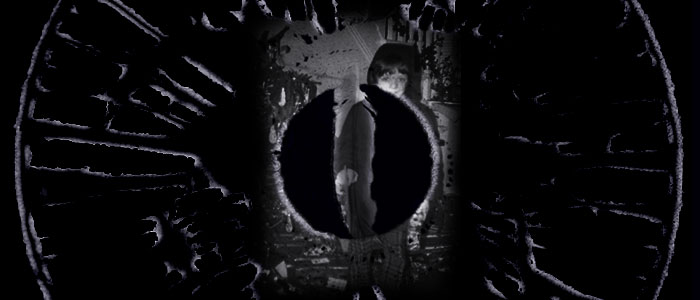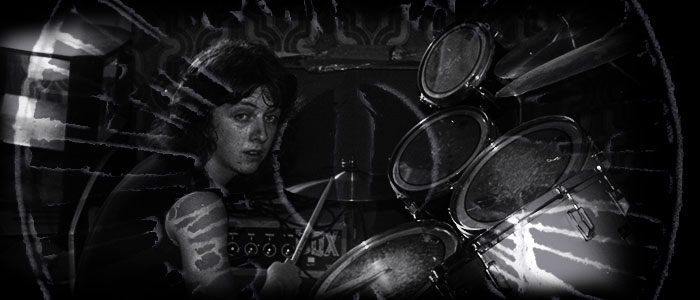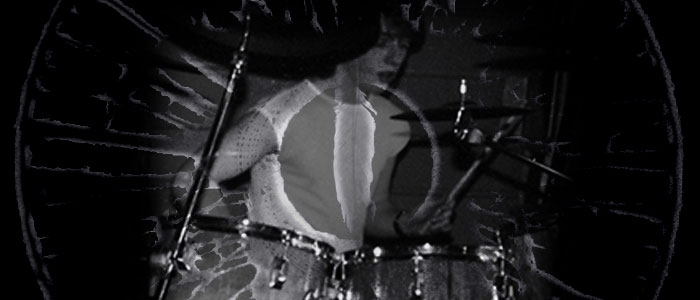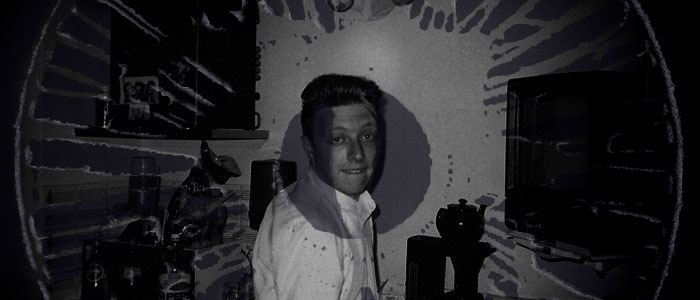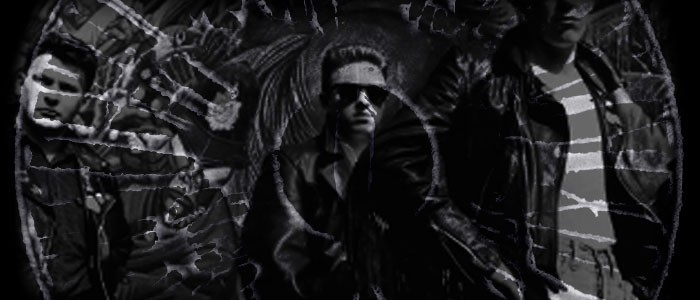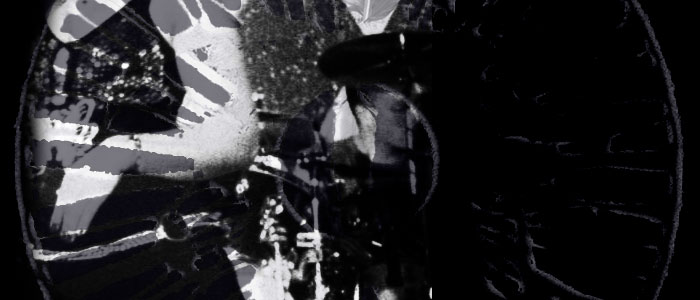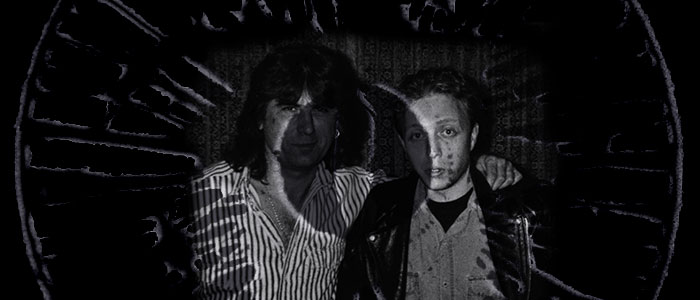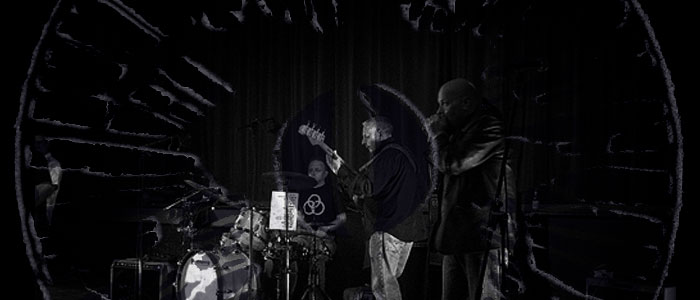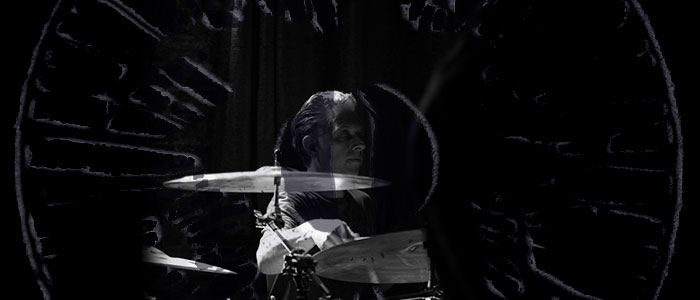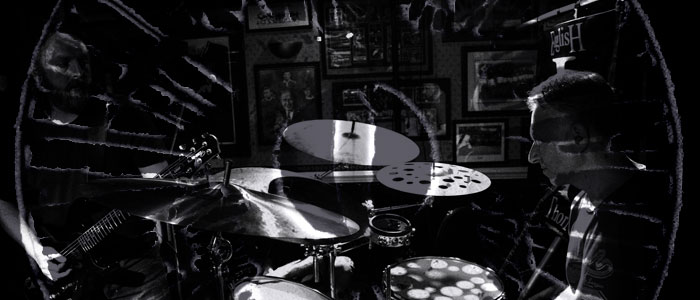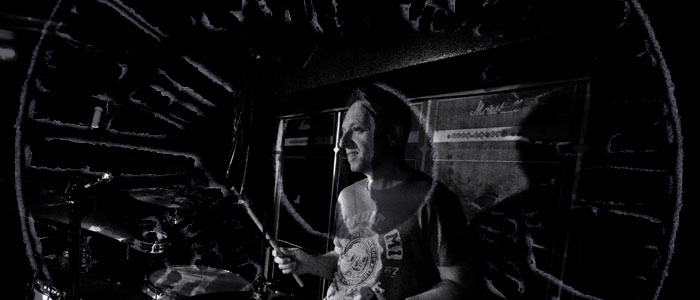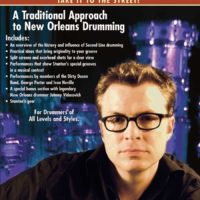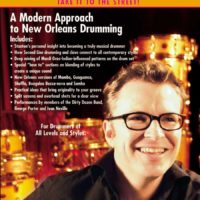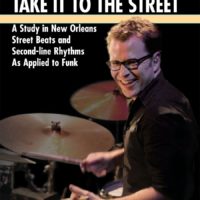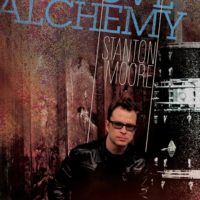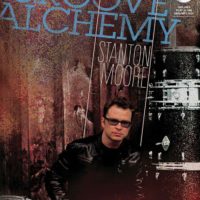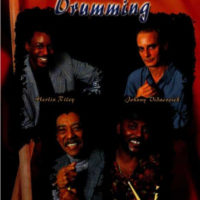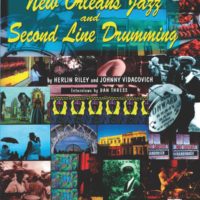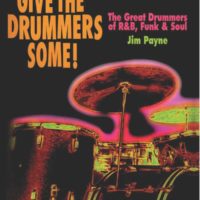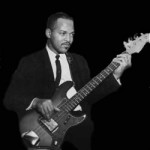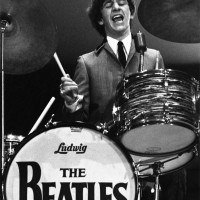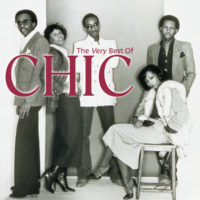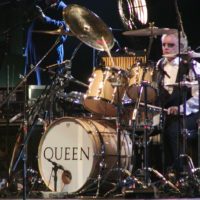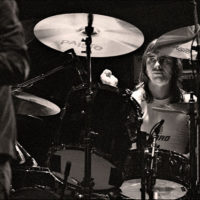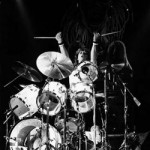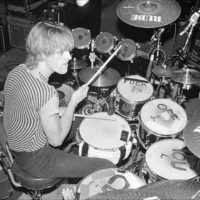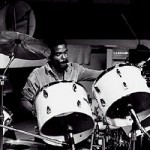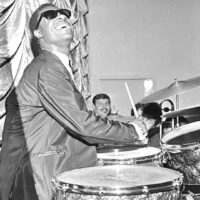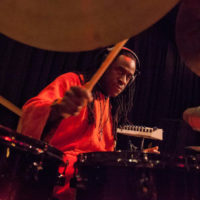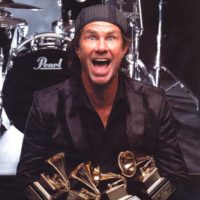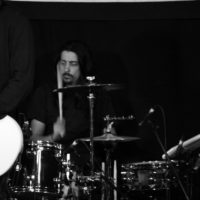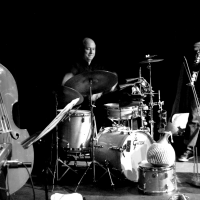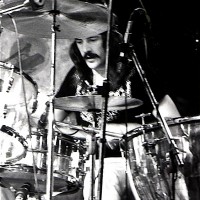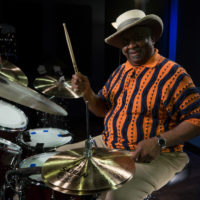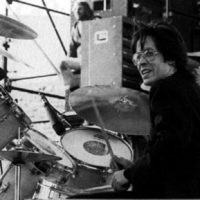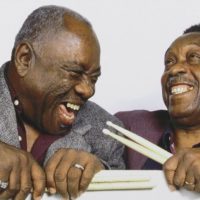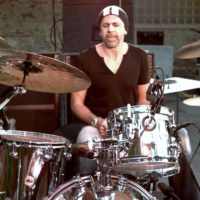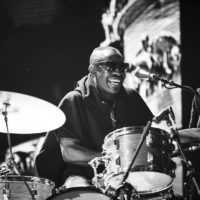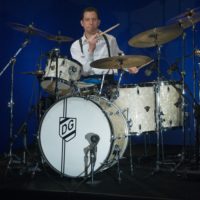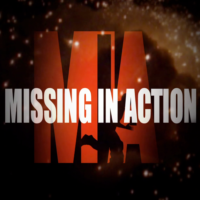After Zoro opened up the gates of learning from the past, it became clear that the roots of every musical experience I’d had as a drummer lay embedded in one city – New Orleans.
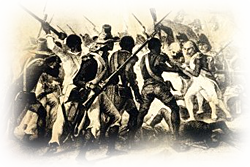 Slavery is an uncomfortable double-edged sword for musicians of the Western world. It holds a moral dichotomy; on the one hand it was a vile and despicable practice but on the other; if it wasn’t for the taking of African people against their will, it’s likely that Popular music as we know it today wouldn’t exist in its present form. Why? Because African slaves brought their distinctive rhythms to the Western world and when finally given the chance, introduced those rhythms to the instruments of the European marching band, thus giving birth to what we know as Jazz. This musical evolution lead to the creation of the modern drum set upon which, the triplet based African patterns were finally ‘straightened out’ by the likes of Earl Palmer, to form Rhythm & Blues and finally, Rock’n’Roll.
Slavery is an uncomfortable double-edged sword for musicians of the Western world. It holds a moral dichotomy; on the one hand it was a vile and despicable practice but on the other; if it wasn’t for the taking of African people against their will, it’s likely that Popular music as we know it today wouldn’t exist in its present form. Why? Because African slaves brought their distinctive rhythms to the Western world and when finally given the chance, introduced those rhythms to the instruments of the European marching band, thus giving birth to what we know as Jazz. This musical evolution lead to the creation of the modern drum set upon which, the triplet based African patterns were finally ‘straightened out’ by the likes of Earl Palmer, to form Rhythm & Blues and finally, Rock’n’Roll.
It’s that simple.
No slavery = no Jazz = no drum set = no Rock’n’Roll = no Funk, Hip-Hop, Metal or Pop.
The spiritual lay-lines of this bitter/sweet timeline can be found in the city of New Orleans; a melting pot of indigenous World music, born of 19th century immigrants. It doesn’t matter if you’re a fan of Pete Erskine or Joey Jordison; whether you like it or not, every drummer can map the history of their instrument right back to New Orleans and Baby Dodds’ pioneering use of what we know as the modern drum set. It is also possible to trace any contemporary drum hero right back to Baby Dodds, by means of generational influence; it works like this:
Take Lars Ulrich from Metallica for example; he loved Clive Burr from Iron Maiden, Clive Burr would have been influenced by Rock drummers of the early 1970’s who in turn, were influenced by the early Rock’n’Roll drummers of the 1950’s such as Earl Palmer and Charles Connor; who in turn, took their influences from the previous generation of drummers, notably starting with Baby Dodds! It doesn’t matter which drummer you pick, the lineage is always traceable back to New Orleans.
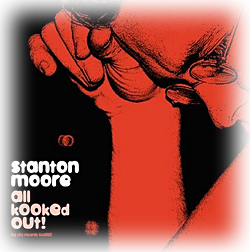 Inspired by this train of thought, my thirst for knowledge helped me to discover happening New Orleans drummer, Stanton Moore. Thanks to the liberating benefits of You Tube, I was able to see and hear what this slightly-younger-than-myself bespectacled New Orleans native had to offer. This was indeed, another turning point for me as what Moore demonstrated were a clutch of simple but infectious grooves, demanding every millisecond of my attention. This wasn’t the sound of a drummer shredding on a bunch of chops targeted towards a minority audience of other drummers; this was a guy sitting behind a drum kit re-creating historical drum patterns that have subliminally coaxed ordinary people into moving their bodies and feeling good, for over a Century – close to the Bernard Purdie experience but with a twist. Where Purdie can fill a room with the pure warmth of his soul, Moore takes you on a journey through the streets of New Orleans during Mardis Gras on a modern drum set. The effect on me was analogous to illuminating a cavern with a World War II search light.
Inspired by this train of thought, my thirst for knowledge helped me to discover happening New Orleans drummer, Stanton Moore. Thanks to the liberating benefits of You Tube, I was able to see and hear what this slightly-younger-than-myself bespectacled New Orleans native had to offer. This was indeed, another turning point for me as what Moore demonstrated were a clutch of simple but infectious grooves, demanding every millisecond of my attention. This wasn’t the sound of a drummer shredding on a bunch of chops targeted towards a minority audience of other drummers; this was a guy sitting behind a drum kit re-creating historical drum patterns that have subliminally coaxed ordinary people into moving their bodies and feeling good, for over a Century – close to the Bernard Purdie experience but with a twist. Where Purdie can fill a room with the pure warmth of his soul, Moore takes you on a journey through the streets of New Orleans during Mardis Gras on a modern drum set. The effect on me was analogous to illuminating a cavern with a World War II search light.
Three DVD’s, a book and one clinic later, I’m still actively studying and absorbing as much New Orleans inspired music as time permits. Thanks to Stanton Moore, there is no more mystery surrounding exactly how Zig played ‘Cissy Strut’; possibly the most misinterpreted drum transcript circulated by drum teachers the World over. He has become my favourite quarry of historical drumming information, in turn, introducing me to other New Orleans drummers such as Johnny Vidacovich, Terrence Higgins, Eddie Christmas, Jellybean Alexander, James Black, Herlin Riley, Herman Earnest and their wealth of unique rhythms; all waiting to be channelled through my own meagre offerings in the musical sphere I inhabit.
Of course, in-depth study on the history of drumming isn’t going to be the pursuit of choice for the majority of drummers on the planet, still busying themselves with that latest Thomas Lang or Virgil Donati ostinato. But I can assure you at some point (Fusion/Prog Rock devotees excepted), once the razzle-dazzle book of inappropriate drum licks has worn thin through one too many sackings for a tasteless approach to the band’s music; the question of “where did this all start?” will come knocking on your door. At that moment, you can be thankful that guys like Stanton Moore have bothered to study and share the knowledge you will require for the next stage of your musical journey.
Further Study
If you are interested in learning more about New Orleans drumming then the following items come highly recommended:
Unfortunately, due to the unpredictable supply of physical media in a digital world, I am no longer able to provide links to retailers who sell the above DVDs and books.
